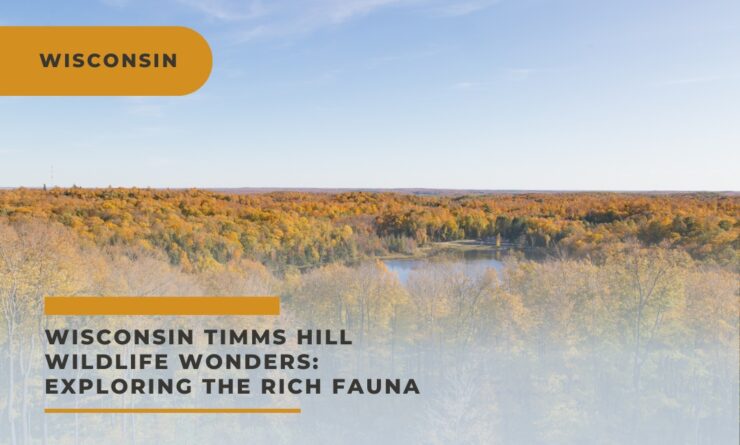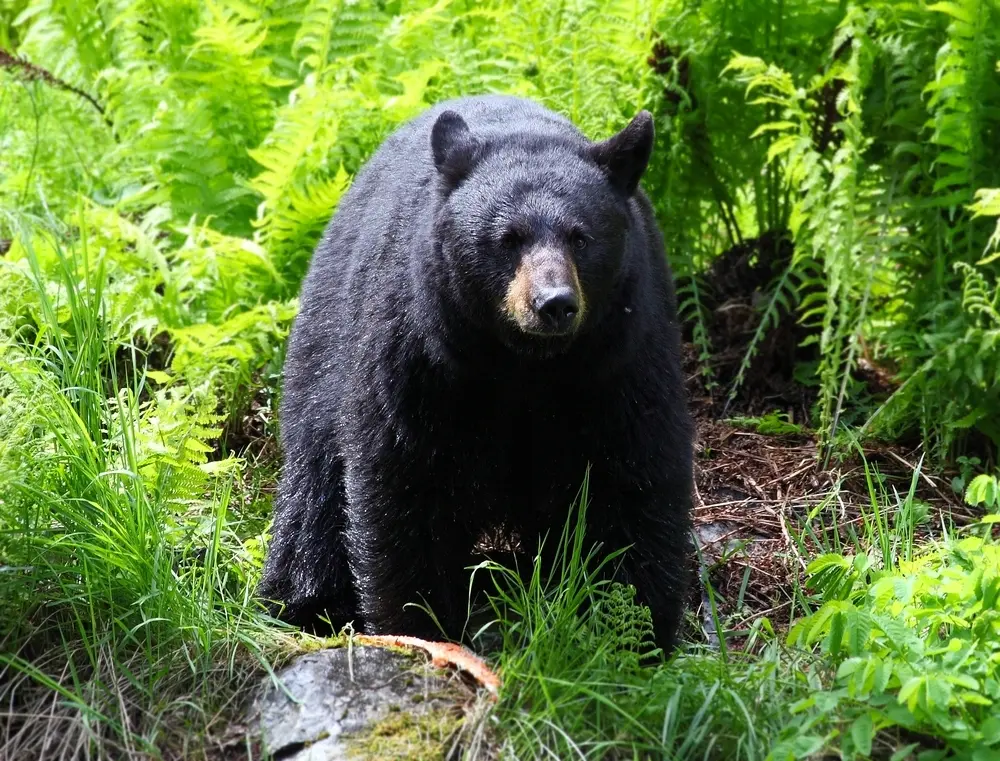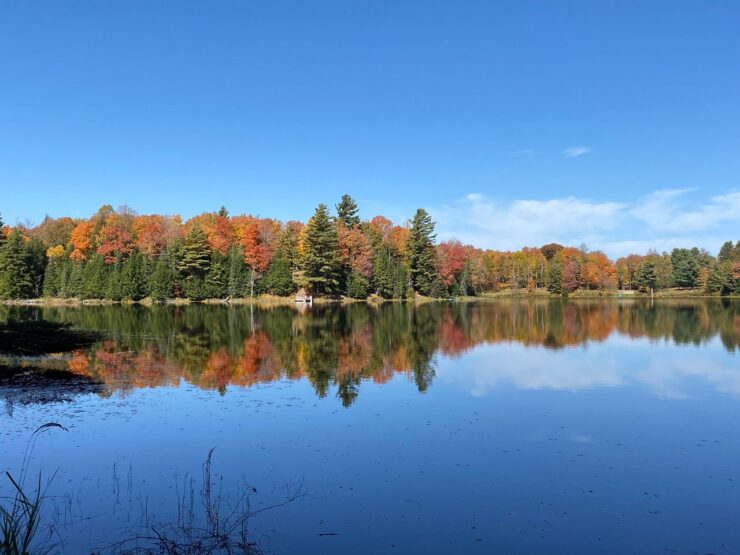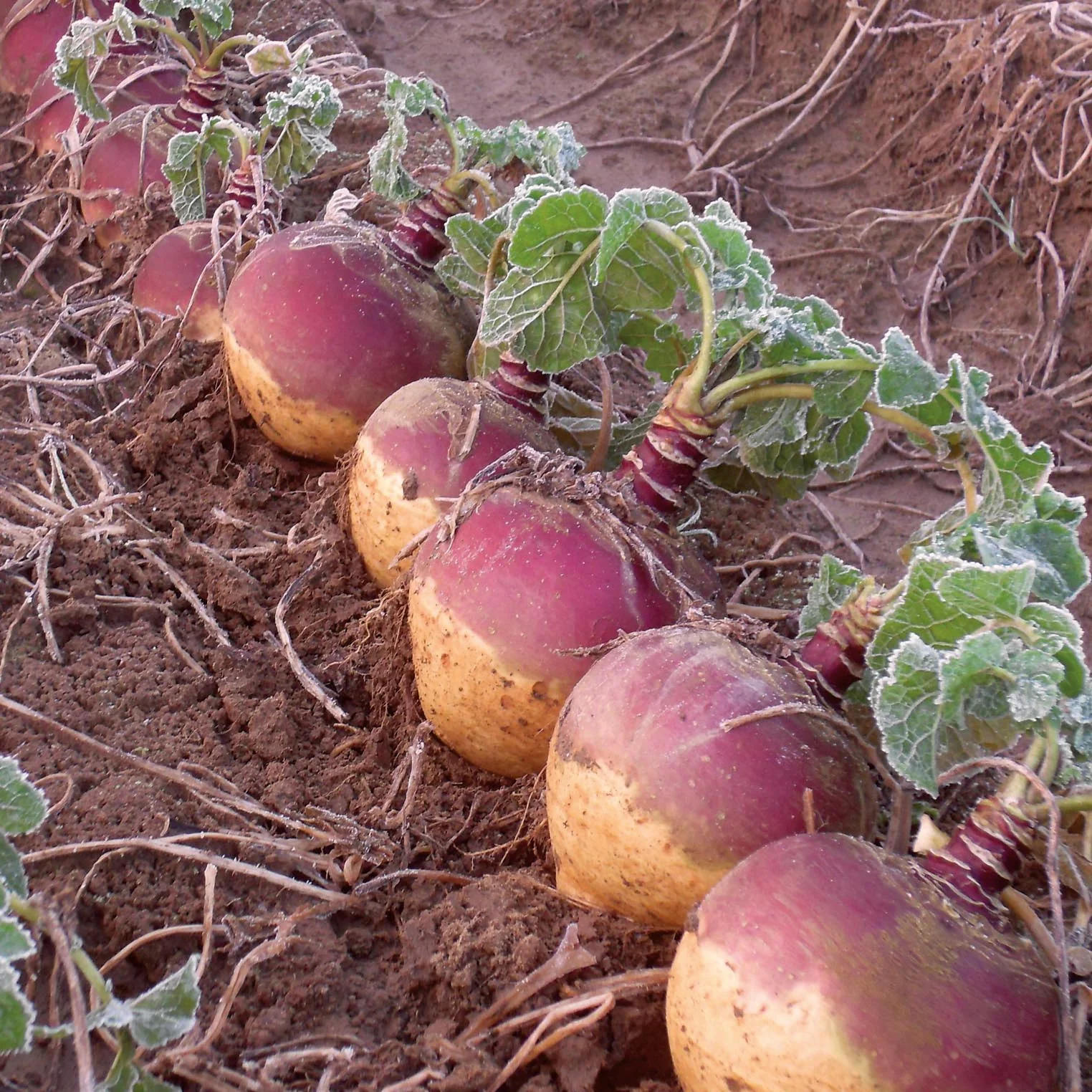Timms Hill, situated in Wisconsin’s Price County, is recognized as Wisconsin’s highest elevation, reaching 1,951 feet above sea level. The area was christened after William F. Timm, an influential businessman and environmentalist from the region.
The site is a haven for hiking enthusiasts and nature lovers. It also hosts a rich variety of wildlife indigenous to the area. Sightings of black bears, timber wolves, white-tailed deer, elk, and many other animals are common in this region.
There’s an observation tower at the location that provides tourists with impressive views of the sprawling landscapes that encompass dense forests and expansive hills.
Timms Hill provides more than just stunning panoramic views; it’s also an opportunity to observe some of Wisconsin’s wilderness area’s exceptional biodiversity.
Let’s take a look at the variety of animal species around Timms Hill!
Wildlife Around Timms Hill
Timms Hill is nestled in the heart of Wisconsin’s Northern Highlands and provides a habitat for several types of wild animals. Here are a few standout species!
White-Tailed Deer
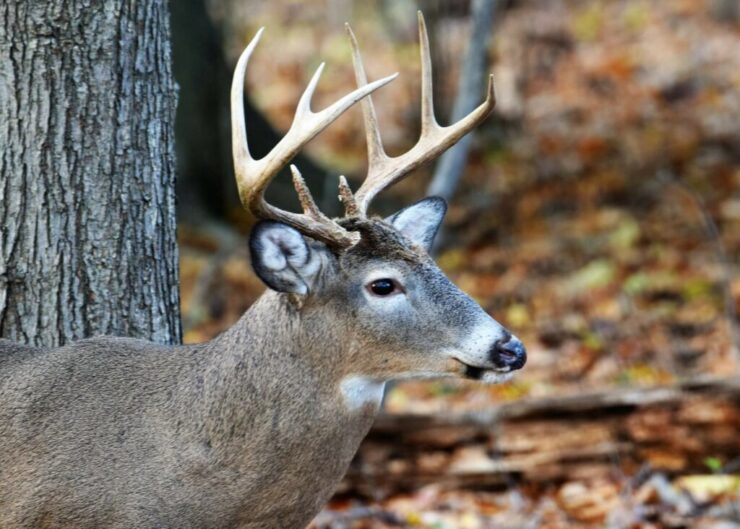
White-tailed deer, known for their distinct white tail that they raise as a warning signal, are prevalent in many parts of North America, including Wisconsin’s Timms Hill. They have a coat that changes color seasonally, from reddish-brown in the summer to grey-brown during the winter.
Males, also known as bucks, can grow to about 300 pounds and are recognized by their impressive antlers that they shed and regrow annually. Females, or does, are slightly smaller, usually weighing up to 200 pounds.
White-tailed deer are herbivores, with a diet consisting mainly of leaves, twigs, fruits, and nuts from various trees and shrubs. When food becomes scarce during winter, they adapt by feeding on bark and woody plants. These creatures play a crucial role in the ecosystem by helping control the population of plants and acting as prey for several carnivorous species.
Timber Wolves
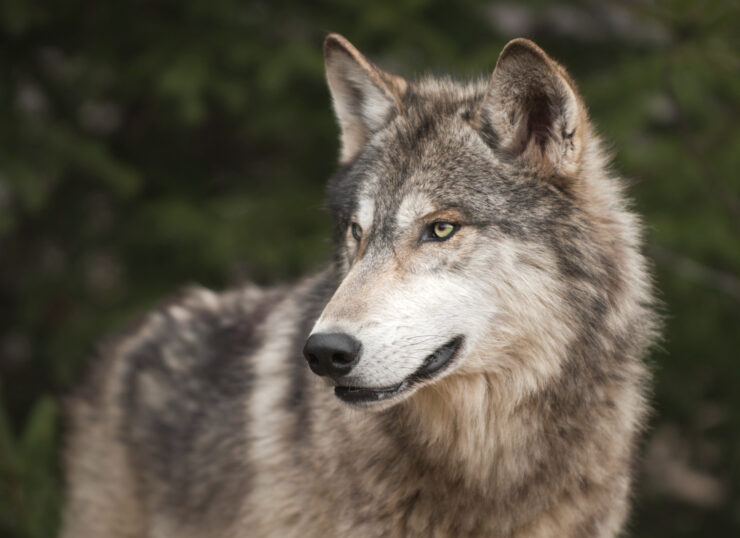
The timber wolf, also known as the gray wolf, is the largest member of the dog family. With weights up to 150 pounds, their size is impressive. Their fur is typically a mix of gray and brown, often with black markings along their back and tail.
These wolves are carnivores and hunt in organized packs to take down large ungulates like deer, elk, and moose. Their hunting strategies and social dynamics are intricate, involving various roles within the pack and complex communication methods. Despite their predatory nature, they play a crucial role in maintaining the balance of ecosystems by controlling populations of large herbivores.
In Wisconsin, conservation efforts have been made to protect timber wolves from threats like hunting and habitat loss. Continued efforts are necessary to ensure their survival and the health of ecosystems they inhabit.
Elk
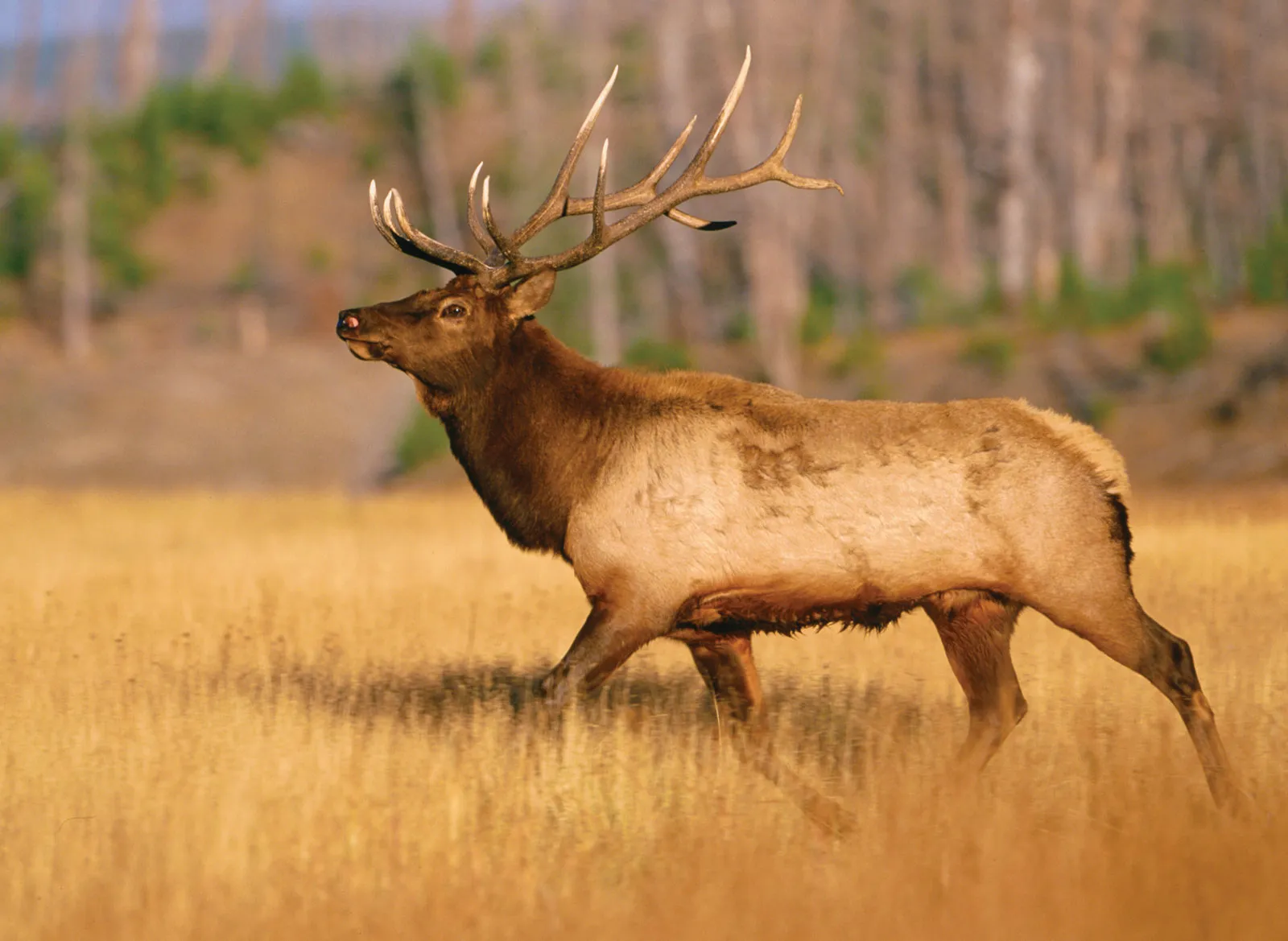
The North American elk, or Wapiti, are large members of the deer family. They were nearly eradicated from Wisconsin due to overhunting and habitat destruction, but have rebounded thanks to successful conservation efforts. Elk are known for their enormous antlers, which are grown by males annually and used for combative displays during mating season.
Elk are herbivores, feeding on a variety of plant materials such as grasses, leaves, and bark. Their feeding habits contribute significantly to the shaping of vegetative communities in their habitats. They’re also a valuable prey species for large predators, contributing to the overall health and diversity of their ecosystems.
Moose
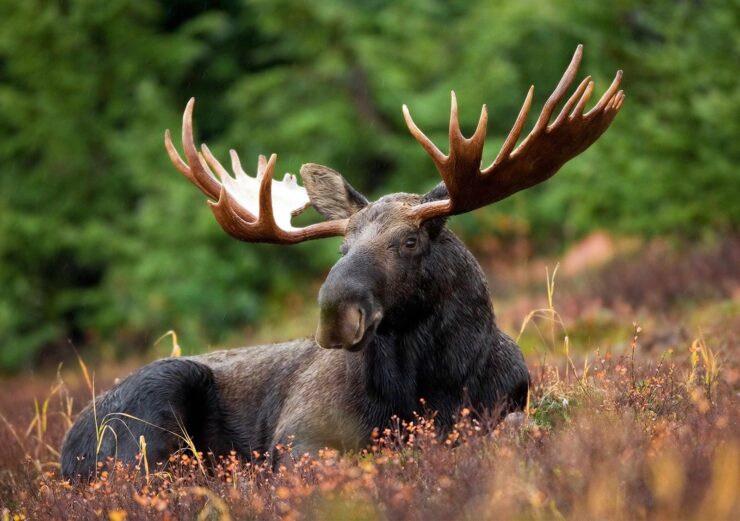
Moose (Alces alces) are the largest members of the deer family, which also includes animals like elk and white-tailed deer. Adult males, known as bulls, are easily recognized by their broad, flat antlers, which can span up to six feet across. Females, or cows, do not have antlers. Moose calves are usually born in the spring and early summer. The calves are usually born singly, although twins can occur if food is plentiful.
The primary predators of the moose include wolves and bears. Humans also hunt moose for their meat and hide. In terms of diet, moose are browsers and eat leaves, stems, and buds of hardwood and softwood trees and shrubs. They also eat aquatic plants in the summer months.
Moose are known for their solitary nature. Unlike other deer species that form large herds, moose are usually found alone or in small family groups. Despite their size and seeming clumsiness, they are quite adapted to their environment. They are excellent swimmers, able to hold their breath underwater for 30 seconds, and their long legs help them move through deep snow.
Black Bear
The American black bear (Ursus americanus) is the smallest of the three bear species found in North America (the others being the brown bear and polar bear), but still a formidable creature. Adult black bears stand about 3 feet tall at the shoulder when on all fours and can weigh between 200-600 pounds. Males are generally larger than females.
Black bears are opportunistic eaters. Most of their diet consists of grasses, roots, berries, and insects. However, they will also eat fish and mammals–including carrion–and easily develop a taste for human foods and garbage. Bears that become habituated to human food can become dangerous and are often killed–thus the frequent reminder: “A fed bear is a dead bear.”
Black bears tend to be solitary animals, with the exception of mothers and cubs. The cubs are born in the middle of winter. The mother wakes up to nurse them and care for them until they are old enough to follow her out of the den.
During winter, the black bear enters a deep sleep or torpor but can wake up if disturbed. Unlike true hibernators, black bear body temperature does not drop significantly during this torpor, and they can be roused if danger is present.
In terms of human interactions, black bears are generally shy and will try to avoid humans. However, if they associate people with food, they can lose their natural fear and can pose a threat to humans. Hence, in bear-populated areas, it’s important to keep food and garbage secured to avoid attracting bears.
Trees Near Timms Hill
- The Northern Highlands region around Timms Hill in Wisconsin is home to a diverse array of tree species.
- The region is marked by the presence of sugar maples, known for thriving in the area’s ideal climate and producing high-quality syrup.
- Aspen trees add to the landscape’s charm with their slender, fluttering leaves.
- Basswood trees are significant in the region, their softwood often used in carving furniture and musical instruments.
- Hemlock and yellow birch trees contribute distinct aromatic characteristics to the surroundings.
- Red pines are another key species in this region, growing up to 80 feet tall. Their needles change from a youthful bluish-green to a mature, darker green.
- White pines are also present, characterized by their long, slender needles that vary in color from blue-green to dark olive-green.
- The variety of these tree species not only adds to the beauty of the landscape but also provides crucial habitats for local wildlife.
FAQ
1. What recreational activities can be enjoyed at Timms Hill?
Timms Hill, being Wisconsin’s highest point, provides a perfect setting for a wide range of outdoor activities. Hiking is one of the most popular activities here, with several trails ranging in difficulty and length. The park’s natural beauty also makes it a great place for bird-watching and wildlife photography.
In winter, activities like snowshoeing and cross-country skiing are common. Visitors can also climb the observation tower to enjoy panoramic views of the surrounding area.
2. Are there any safety precautions to take when visiting?
Yes, due to the presence of wildlife like black bears and timber wolves, it’s important to take certain safety precautions. Visitors should avoid feeding wildlife and keep a safe distance. In bear-populated areas, food and garbage should be secured to avoid attracting bears.
For hikers, carrying a map, first-aid kit, water, and appropriate clothing is recommended. It’s also suggested to stay on designated trails and be aware of weather conditions.
3. How do conservation efforts impact the wildlife around Timms Hill?
Conservation efforts have a significant impact on the preservation and growth of wildlife around Timms Hill. The protection of habitats and implementation of wildlife-friendly policies help maintain a balanced ecosystem.
For instance, timber wolves, once hunted extensively and threatened by habitat loss, have seen their population stabilize due to concerted conservation efforts. Similarly, North American elk were nearly eradicated from Wisconsin but have rebounded due to successful conservation programs.
4. How can I contribute to conservation efforts at Timms Hill?
You can contribute to conservation efforts at Timms Hill by practicing responsible tourism. This includes following the park’s rules and regulations, not littering, staying on designated trails, and not feeding or disturbing wildlife. You could also consider volunteering or donating to local conservation groups. Participating in local events that raise awareness about conservation issues can also make a significant difference.
5. What makes Timms Hill an important ecosystem?
Timms Hill forms an essential part of Wisconsin’s Northern Highlands, providing diverse habitats for a wide range of animal and plant species. Its forests are home to several different types of trees, contributing to the area’s biodiversity and offering crucial habitats for wildlife.
The presence of predators like timber wolves and black bears helps maintain a balanced ecosystem by controlling populations of herbivores. Moreover, the various tree species in the area play a significant role in sequestering carbon, helping to mitigate climate change.
6. What’s the best time to visit for wildlife spotting?
Wildlife in Timms Hill can be observed year-round, but certain seasons may offer better opportunities. Spring and fall are often considered the best times to spot wildlife, as many animals are more active due to the milder temperatures and the abundance of food.
Early morning and late evening are also typically good times for wildlife viewing, as many animals are most active during these periods. However, specific species may have different patterns, so it’s always a good idea to research ahead of your visit.
Final Words
In conclusion, Timms Hill, Wisconsin’s highest elevation, offers not only breathtaking panoramic views but also a rich diversity of wildlife and flora. Visitors to this region can encounter fascinating species such as white-tailed deer, timber wolves, elk, moose, and black bears.
Conservation efforts have played a vital role in protecting and restoring these populations, ensuring their survival and contributing to the overall health of the ecosystem.
Beyond its wildlife, Timms Hill boasts a variety of tree species that provide essential habitats and add to the scenic beauty of the area. The presence of sugar maples, aspens, basswoods, hemlocks, yellow birches, red pines, and white pines creates a vibrant and dynamic environment, supporting a wide range of wildlife.

